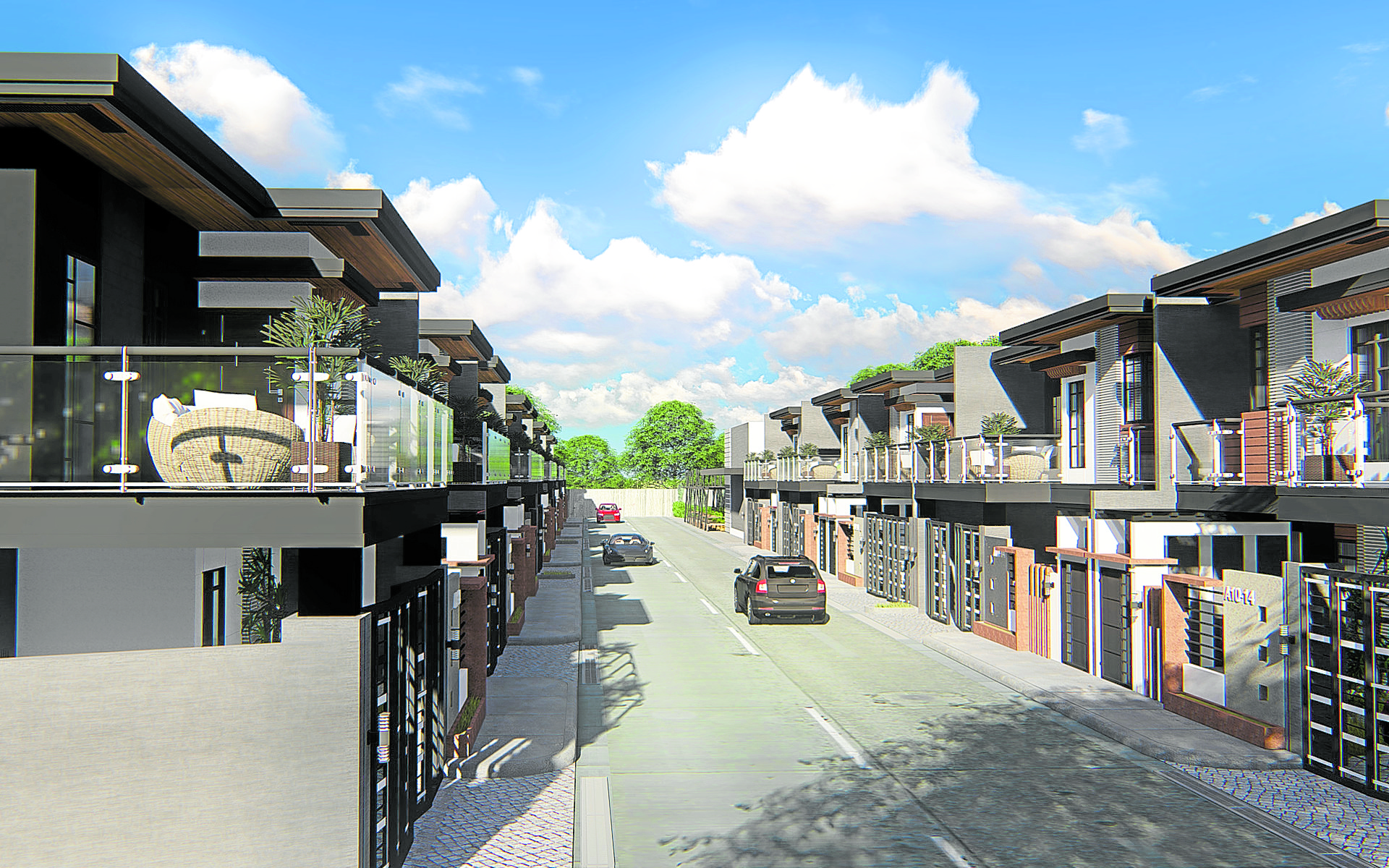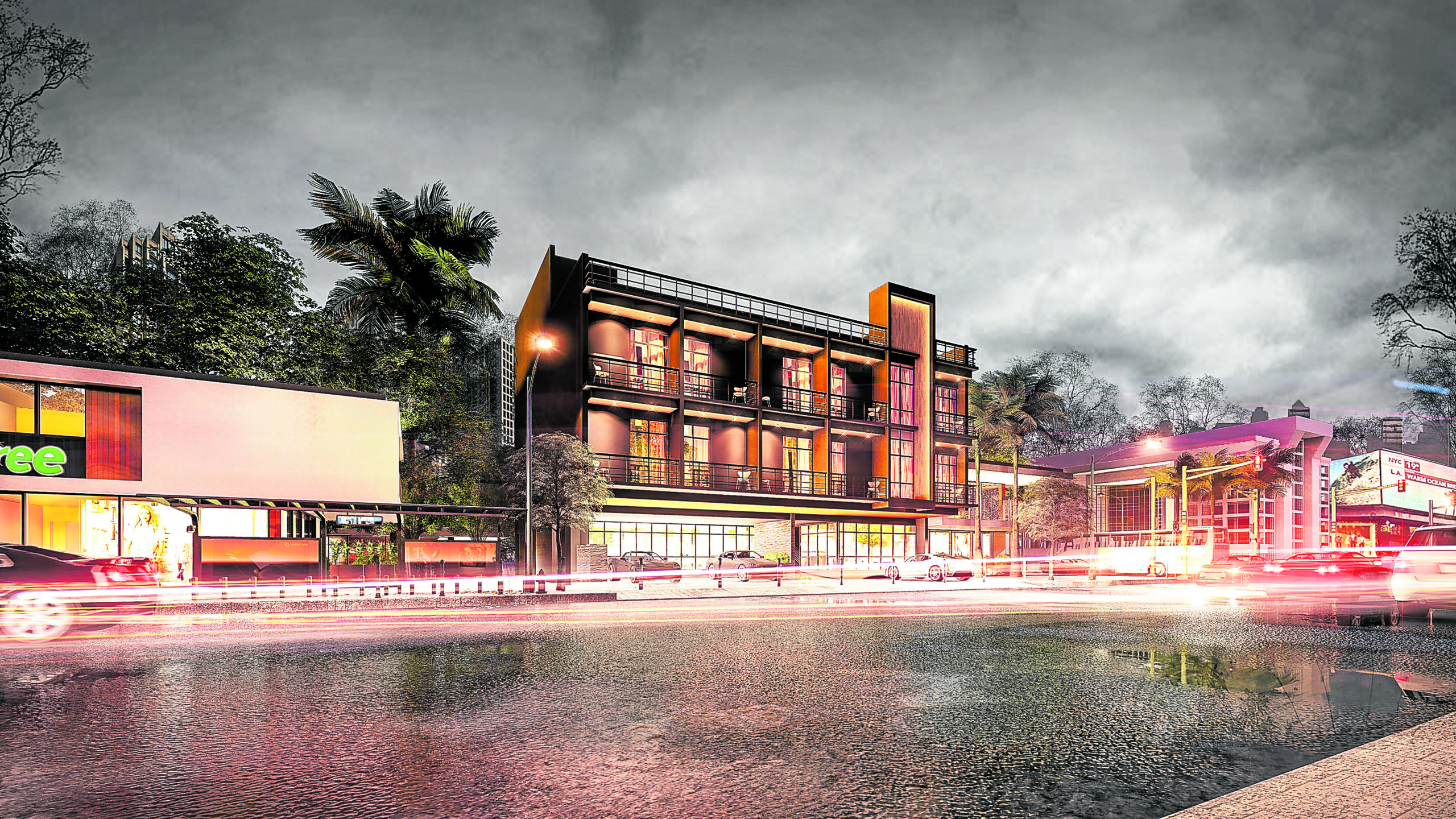The growing preference for ‘horizontal condominium’
For a generation constantly seeking convenience, comfort and security, being able to “live in the center of everything”—the trademark of high-rise condominiums—changed the way we live.
However, if the lifestyle of high-rise condominiums does not fit your definition of residential living, yet you would still want something just as practical and legally binding, then the “horizontal condominium” option might be the one you are looking for.
Concept of a ‘real’ condominium
According to Republic Act No. 4726 or “The Condominium Act,” a condominium consists of “divided” and “undivided” interests. Divided or separate interests may refer to the building itself whether a residential, commercial or industrial building divided and sold into individual units. Whereas undivided interests refer to the asset where it sits as well as the shared amenities such as playgrounds, gyms, function halls and the like.
However, a common misconception around buying condominiums is that you are only buying “air” as you do not own anything except a Condominium Certificate Title. While it is true that condominium owners only own the air space inside their units, this only refers to their individually-owned property. Potential condominium buyers need to remember that they also form shared ownership of the entire building’s exterior areas, floors, sidewalks, stairwells and walls, among others.
What makes a condominium “horizontal”
Since the definition of a “condominium” refers to ownerships, offering more flexibility on how the physical property eventually divided condominium buildings into “vertical condominiums” and “horizontal condominiums,” with the latter experiencing recent attractions.
Compared to their high-rise counterparts, horizontal condominiums look like your typical Filipino house. They can look like regular house-and-lots, duplex types, rowhouses and even townhouses. To attract more occupants, they may even be located near beaches and vacation spots.
What makes horizontal condominiums similar and different from townhouses? Since most of the distinguishing points of condominiums lie in their type of ownership, spotting a horizontal condominium can be tricky. To further highlight the features that make a horizontal condominium, let’s compare its qualities to that of a regular townhouse, which can be classified into these five criteria.
Ownership. While condominium owners only own the interiors of their units, townhouse owners are entitled to both the interior and exterior parts of their properties. These include the driveway, lawn and the roof, but not the communal areas.
Architecture. Horizontal condominium units may assemble themselves in a variety of modular ways as a cul-de-sac of houses or any club share rights in between. With townhouses, two of the most common elements include a shared wall between neighboring units as well as the usage of two or more stories.
Size. Although horizontal condominiums have more freedom architecture-wise, they have generally smaller floor areas than townhouses. On the other hand, townhouses are larger and tend to have multiple stories.
Community. Both horizontal condominiums and townhouses offer shared amenities such as a pool, golf course, clubhouse and the like. In some cases, however, townhouse communities may provide more privacy in their shared amenities than the former.
Privacy. Since horizontal condominiums offer a wide variety of design choices, privacy levels may vary per development. All townhouses, however, share one or two perimeter walls from their neighboring units.
Legalities
Among homeowners, practicality is one of the greatest selling points of horizontal condominiums. Property developers share the same sentiments, thanks to the Horizontal Property Regime (HPR), a zoning policy like that of condominium zoning.
Essentially, the HPR allows two new houses to be built on a parcel of land originally zoned for a single house. This results in tall, narrow houses either separated or attached merely by a few meters. For real estate investors, HPR can be a great opportunity to generate two separate revenues within a single parcel of land. Equally, prospective homeowners may benefit in a logistic sense, especially when it comes to homeownership as well as the location of these properties within urban centers.
Popularity
Over the past few years, it is no surprise how the convenience and security of high-rise condominiums resulted in a constantly growing clientele of both local and foreign homeowners.
However, horizontal condominiums are also now gaining popularity thanks to their purchasing appeal to foreigners. In the Philippines, examples of horizontal condominium developments include Kasa Luntian in Tagaytay City and Vista de Loro’s beachfront units in the province of Batangas.

A typical townhouse ownership includes the driveway, lawn, and the roof, but not the communal areas.
Can foreigners own horizontal condos?
Although there are vast differences between the physical development of vertical and horizontal condominiums, both properties follow the same set of policies stated in RA No. 4726 or The Condominium Act.
According to the law, while foreigners are prohibited from owning land, they can legally own a residential property in the Philippines. This includes condominium units—granted however, that 60 percent of the entire condominium inventories are still owned by Filipinos or a Filipino corporation.
The bottom line
Horizontal condominiums are 21st century subdivisions, a modern metaphor of the better things we are looking for in life. Understanding how horizontal condominiums could attract foreign markets with landed amenities can help you find a unique advantage for future property development ventures.
The author is the principal architect of Fulgar Architects, an architectural firm helping local and international property developers get into unique and diversified design specialties for hotels, condominiums, museums, commercial and mixed-use township developments with a pursuit for the meta-modern in the next Philippine architecture



